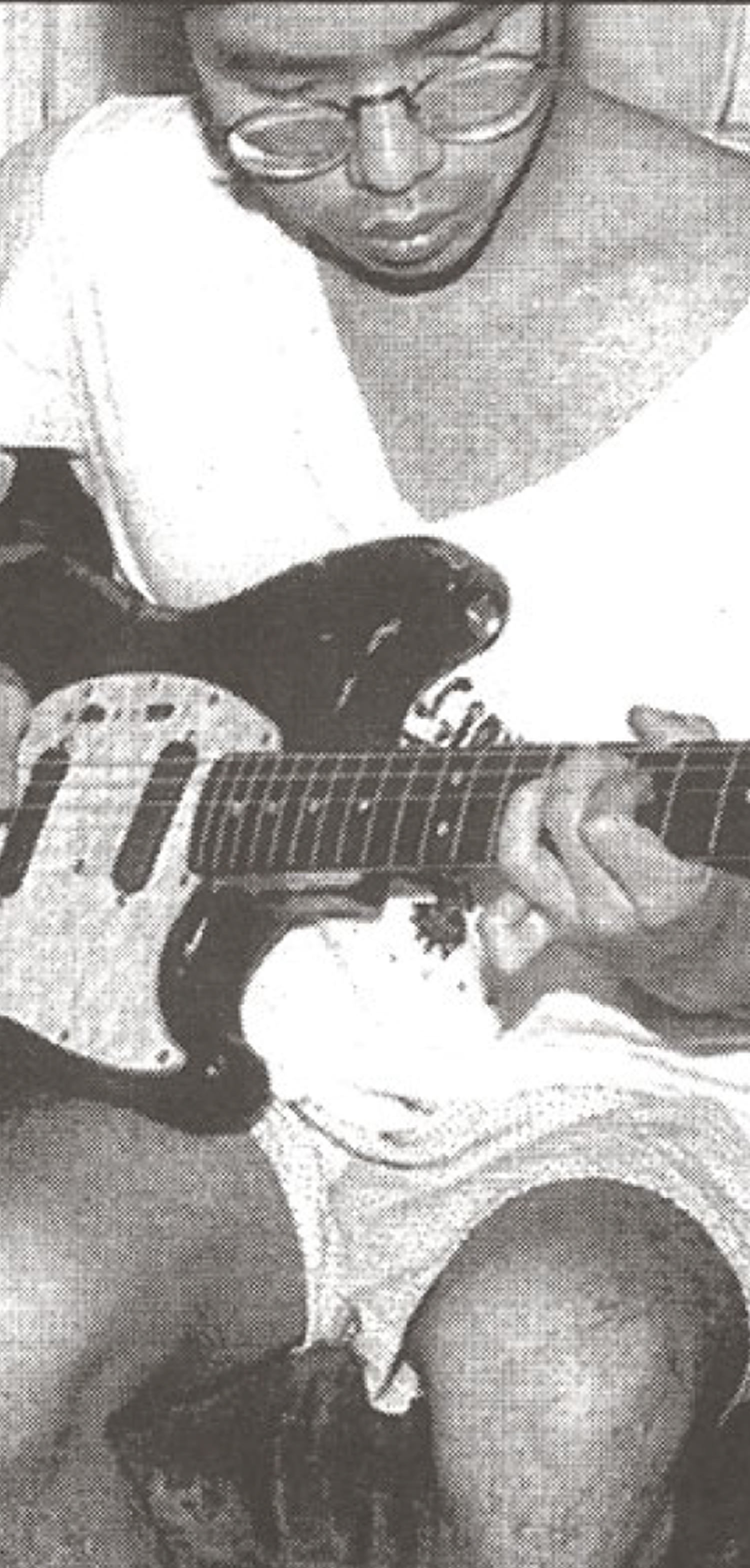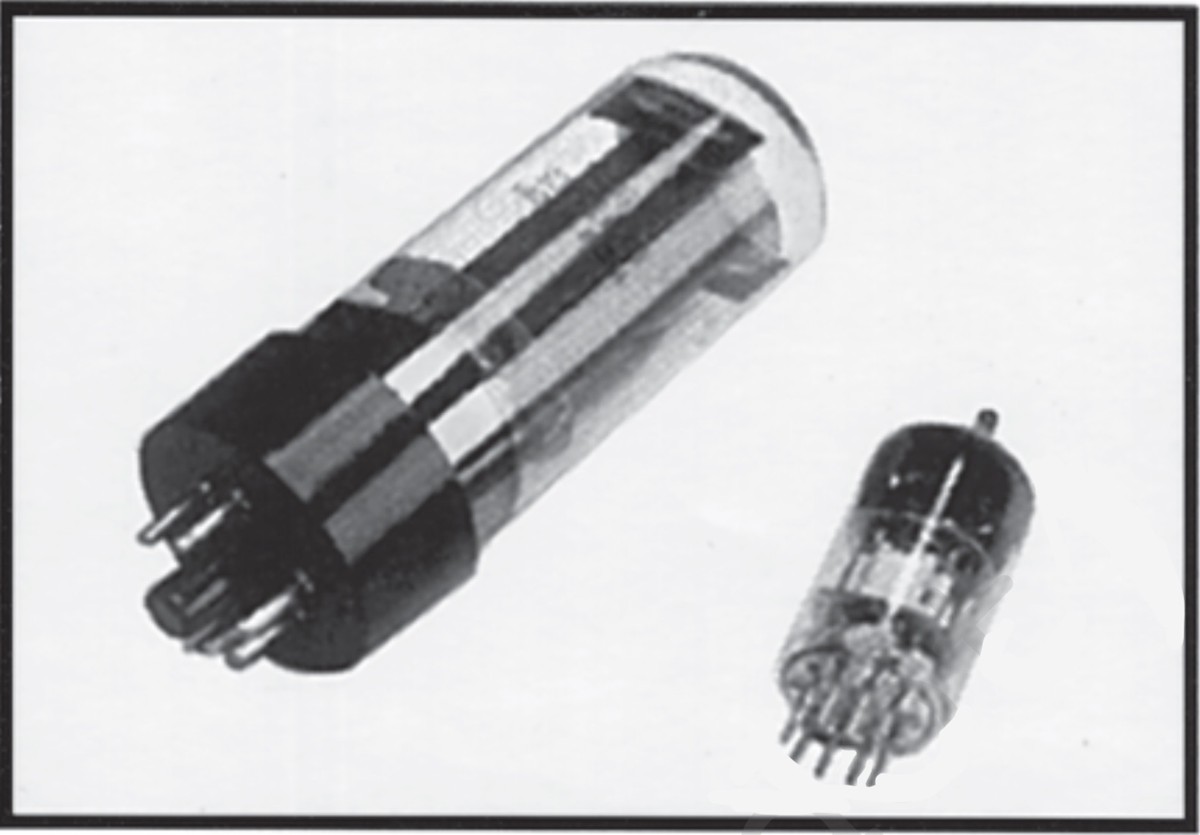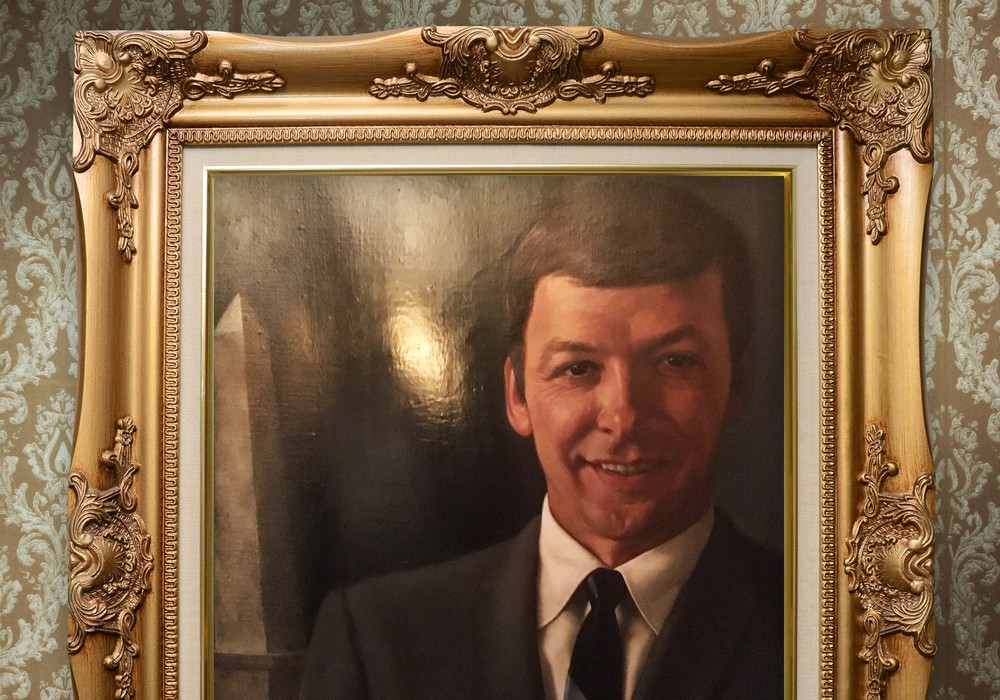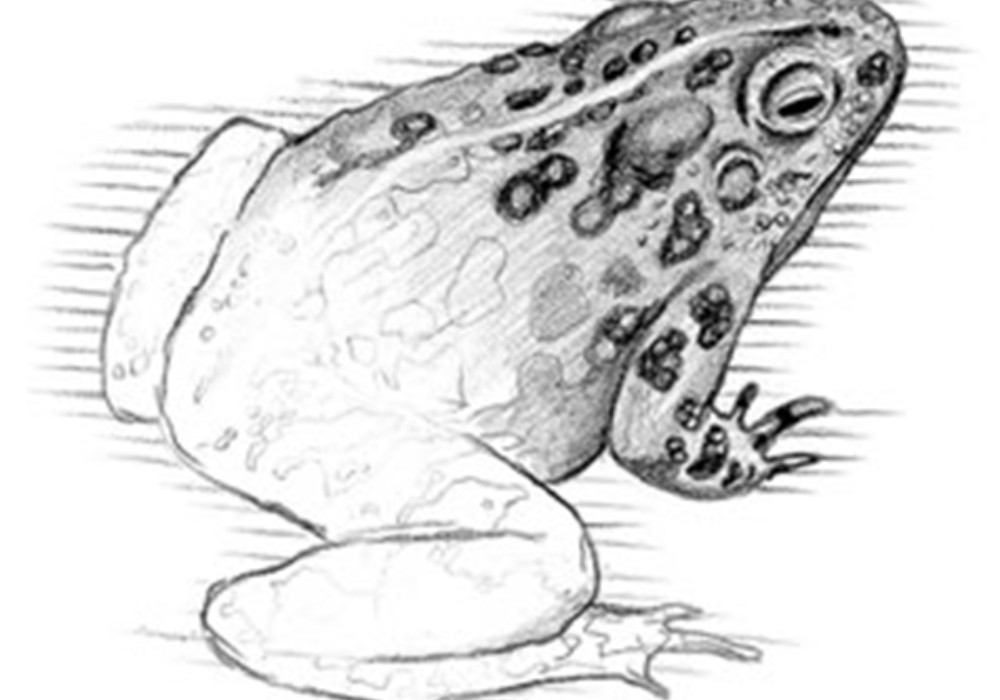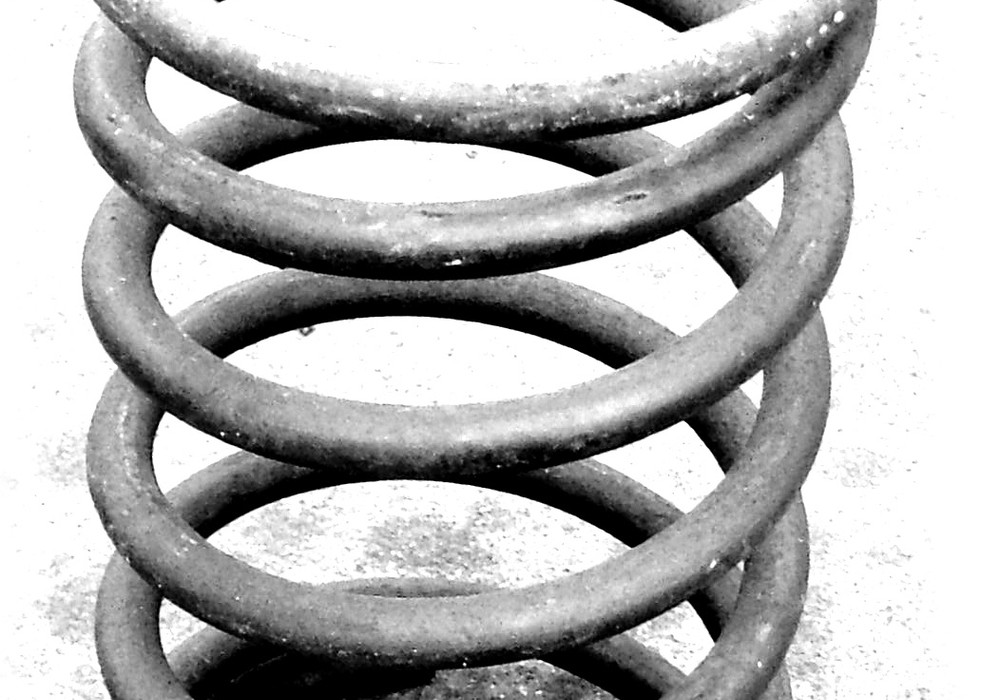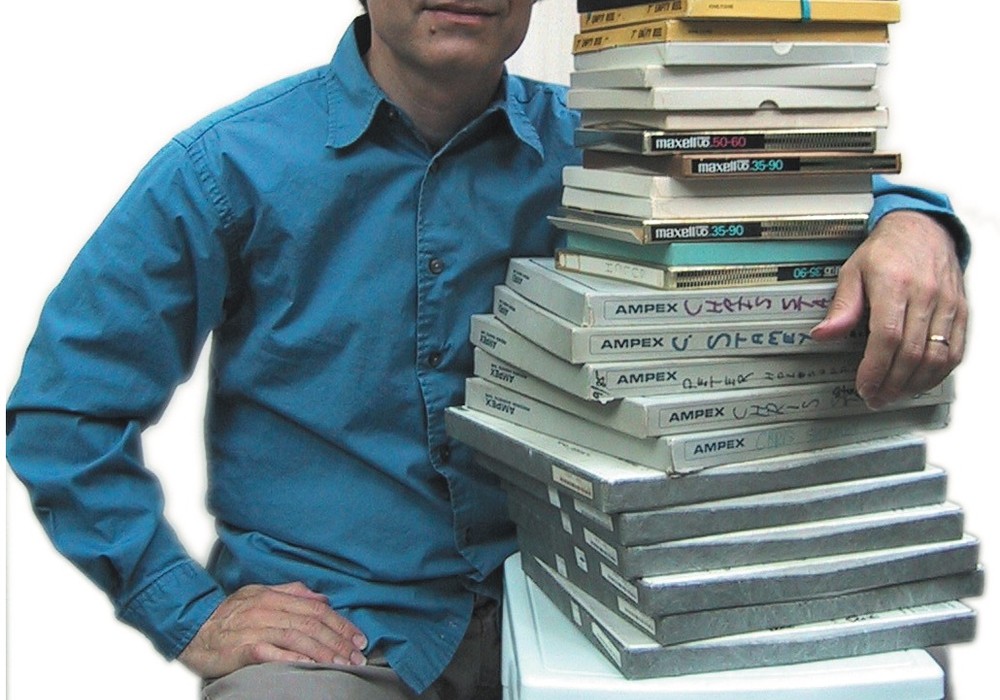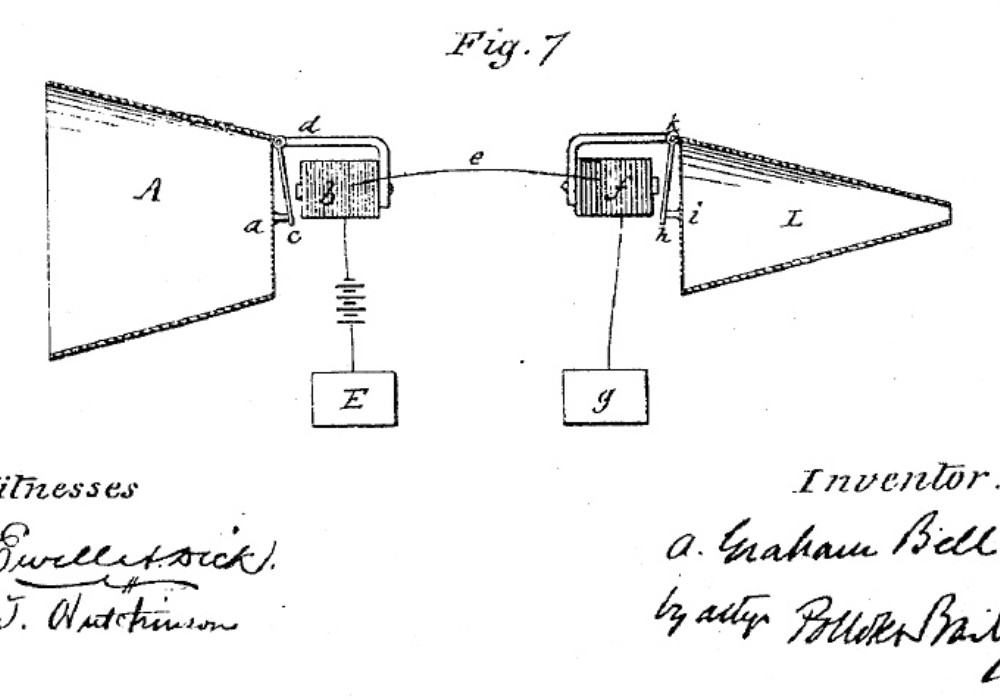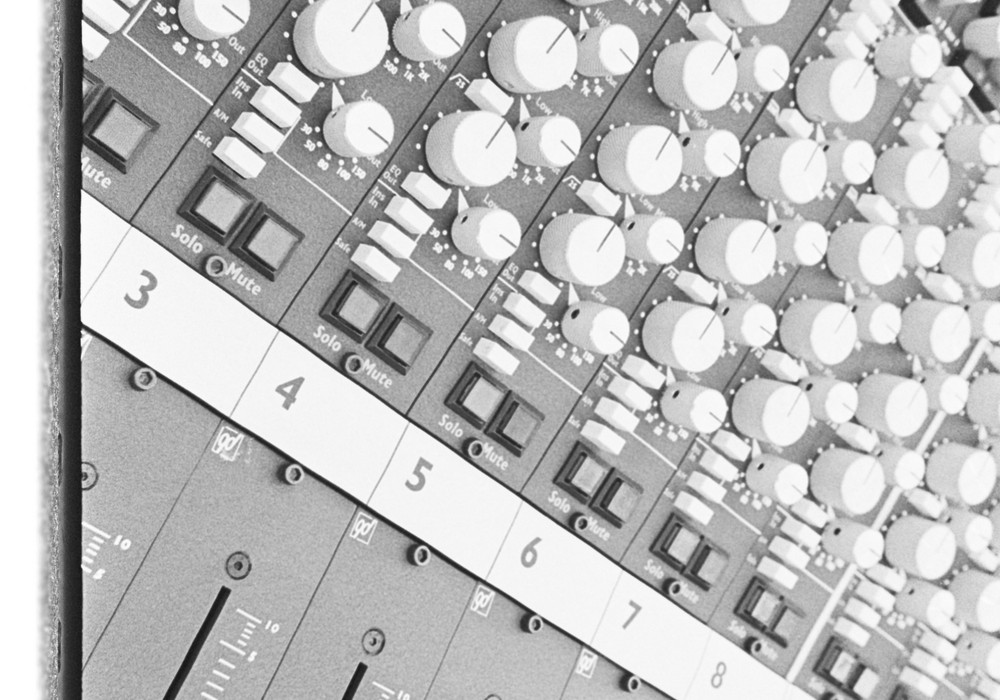Maybe you remember Geoff's interview from Tape Op #3 where we talked a lot about tube amps and such. Since then a lot of readers have mentioned how handy that was and how they'd like to hear more. Here you go with Geoff's new column:
Disclaimer #1: Do not open up your amplifier unless you know what you are doing! Tube amps work with lethal voltages that can remain in the amp even after it is unplugged. If you don't know how to discharge filter caps and how to safely work on your amp, don't try it. If you or your amp die, Larry and I are not responsible.
Disclaimer #2: I'm no expert. I've learned only from blowing shit up, shocking myself, and a little research on the side. Don't trust me. Do research for yourself. Start with a reprint of the RCA Receiving Tube Manual from Antique Electronics (602.820.5411).
Ahh, home at last. There's nothing like returning to Boston from a hot summer tour and hiding out in the cool basement in front of the workbench. Almost everywhere I went these last couple tours someone asked me about the Tape Op interview I did with Larry about tube amps. ("Hey, you're the guy who wrote that tube amp thing. Why does your amp make that nasty noise?"). We thought it would be a good idea for me to try my hand at a regular column. Having met so many of you interested in tubes, and having listened to your stinky sounding Marshalls all across the Midwest, I thought it might be time for some basic discussion on tubes and how they work, and also some practical knowledge about how we can make our tube equipment sound and work a little better. Now, I'm assuming if your reading Tape Op that you have a basic concept of the relationships between current, voltage, and resistance (ohm's law), as well as AC and DC, parallel and series, etc. If not, spend a few hours with your high school physics books and meet me at the next paragraph.
So how does a tube work? To answer this we need to understand what a tube does. Put simply, tubes in your amp primarily do two very important things: they rectify and amplify.
To understand how, let's start with a little history of the simplest of tubes: the light bulb. As you know, it is a vacuum in which AC current passes back and forth through a filament that heats it up so much that it glows white hot. Now, before the days of multinational, corporate-funded technologies, light bulbs were a bit different. Old bulbs got dirty as the filament burned and produced ash or dust in the bulb. The story goes that some scientist at some point-I forget who and when-tried to add another element to the bulb attract this dust and "clean up" the inside of the bulb. The theory was that if a positive voltage was applied to this second element, the dust would be attracted to it and it would clean up the inside of the tube. What was discovered by this is that electrons (current) actually flowed from the first element of the tube-the filament or cathode-to the second element of the tube-the anode, more commonly known as the plate because of it's physical appearance.
Stop for a minute and remember your high school physics: current, or electrons, (or burned filament dust particles, for that matter) flow from points of lower voltages to points of higher voltages. When your amp sounds like shit during soundcheck, and you pull the 9-volt out of one of your ten or eleven florescent stomp boxes and lick the contacts, what you feel on your tongue is electrons leaving the negative terminal, traveling through the ol' taste buds via/saliva which is conductive, and going to the positive terminal, the same way current flows through the tube. This idea is crucial to the operation of a tube, so keep it in mind as we proceed.
Now, the two element tube created a crucial discovery: this current flowed in only one direction: it was DC, just like a 9 volt battery. As we know, the current that flows through a wall socket to a light bulb is AC, and therefore flows back and forth in both directions. So what was discovered was a way to convert AC to DC, or to rectify: as AC flows back and forth through...
